The Six Pillars of Pilates: Foundations for Fitness
Exploring the Spectrum of Pilates: From Classical to Clinical
Choosing Your Pilates Path: A Conclusion
I’m going to introduce you to a practice that’s been changing lives for nearly a century
– Pilates. This isn’t just about enhancing your physical strength or nailing a fitness routine; it’s also about nurturing your mental wellbeing. Pilates is a unique exercise system that works wonders on your core, improves your posture, amps up your flexibility, and coordinates every muscle to flow in harmony.
You’ll find out that Pilates transcends the boundaries of a typical workout. It intertwices physical exercise with inner relaxation, making it a compelling pursuit for stress management and anxiety reduction. Whether you’re taking your first step into fitness or you’re an experienced athlete, Pilates can be tailored to your needs. That’s the sheer beauty of it – it serves a wide range of purposes and goals.
Choose something that resonates with you. The Pilates world is diverse, offering a multitude of classes and styles. If you want to get the most out of this transformative practice, finding the right type is not just beneficial, it’s essential. You might wonder, ‘How do I make the right choice?’ Don’t worry too much about that now; I’m here to help you with that.
As we move into the next section, I’ll delve into the variety of Pilates practices. From the classical form, devised by the founder Joseph Pilates, to clinical methods tailored for rehabilitation, there’s a rich tapestry of options available. So, let’s set the stage by saying, Pilates is not a one-size-fits-all – it’s a spectrum of powerful, personalized fitness journeys.
The Six Pillars of Pilates: Foundations for Fitness
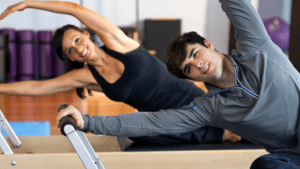
When you embark on the Pilates journey, you’re not just moving your body; you’re indulging in a comprehensive exercise philosophy. This is where the six core principles of Pilates come into play, sculpting the framework of your practice no matter which type you choose.
Breath is the essence of Pilates, infusing each movement with life and energy. Proper breathing not only oxygenates the muscles but also heightens your focus and calms the mind. I’m going to show you how synchronized breath and movement transform simple exercises into a rhythmic dance.
Concentration in Pilates goes beyond mere focus. It’s about connecting mind and body to ensure that every movement is intentional and precise. You’re going to find out about exercises that require such attention that all external distractions fade away, leaving you wholly engrossed in the practice.
Centre, or the ‘powerhouse’, isn’t just about physical location—it’s the core from which strength radiates. Pilates is built around the idea that by strengthening the center of your body, critical for balance and posture, you can empower all movement.
Control is a vital aspect of Pilates. Every action in Pilates should be performed with muscular control, avoiding careless or hasty movements. Precision goes hand in hand with control, entailing meticulous attention to detail and form, minimizing wasted energy and maximizing efficacy.
Now what is this ‘flow’ in Pilates? It’s the smooth and graceful continuity between movements. Akin to a choreographed sequence, flow gives a session its peaceful yet dynamic rhythm. It’s not just about transitioning from one exercise to the next; it’s the harmonious union of all moves that creates the full Pilates experience.
You are now better equipped with the understanding of Pilates’ core principles. I’m here to help you carry this knowledge into the next section, where we dive into the different types of Pilates classes. This isn’t just about choosing a class; it’s about finding a community and a practice that resonates with your soul.
Exploring the Spectrum of Pilates: From Classical to Clinical
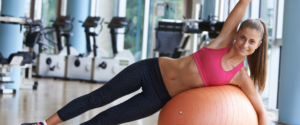
When you’re exploring Pilates, you’re not just looking at a single, uniform practice. It’s a whole spectrum of exercises and philosophies that come together under the Pilates umbrella. Each type offers something unique, all while staying true to the six core Pilates principles: breath, concentration, centre, control, precision, and flow.
Let’s start with the roots of it all: Classical Pilates. Stemming directly from Joseph Pilates’s original work, this approach is a full-body regimen that moves through a very specific sequence of exercises. By engaging in classical Pilates, you’re seriously committing to the traditional vision of a balanced and disciplined workout.
In contrast, Mat Pilates strips things down to the essentials. It’s the most accessible form, requiring no more than a flat surface and a mat. This simplicity makes it incredibly flexible � you can practice in the park, at home, or in a studio. It also serves as the perfect entry point for beginners and continues to offer advancements for seasoned practitioners by ramping up the complexity of exercises over time.
Now, if you’re in search of a more contemporary twist, Contemporary Pilates is exactly what it sounds like. It’s Classical Pilates recalibrated with modern advancements in physical therapy and current biomechanical insights. Thanks to this adaptable nature, there’s a lot of room for tailoring. Whether you have specific health concerns or personal fitness goals, Contemporary Pilates can be fine-tuned just for you.
Reformer Pilates comes to life with the use of a specialized apparatus � the Pilates reformer. This machine adds an element of resistance to your workout, making for a more demanding session. It’s terrific not just for those looking to enhance general fitness, but also for anyone on the path of rehabilitation, aiding with partial weight-bearing exercises and gradual recovery from injury.
Lastly, there’s Clinical Pilates, where the custom-tailored approach is taken to new heights. Overseen by qualified physiotherapists, every session is bespoke, devised based on an in-depth assessment of your medical history and present conditions. This careful planning makes Clinical Pilates a go-to option for those recovering from injury, experiencing chronic pain, or looking to safely exercise pre- or post-surgery.
Each of these types of Pilates embraces the six core principles in unique ways. They differ in technique, setting, and objectives, yet all aim to harmonize your body, mind, and spirit. With such a wealth of options, the next step is to determine which class setting suits you best, whether that’s a solo session at home, a group class in a studio, or under the watchful eye of a health professional.
Choosing Your Pilates Path: A Conclusion
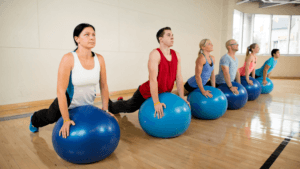
Now that you’re acquainted with the different types of Pilates and the variety of classes available, I’m here to help you pinpoint that perfect Pilates path for your journey towards a healthier body and mind. It’s not just about following the latest fitness trends; it’s about finding a class that resonates with who you are and what you need.
If you’re starting out, you might want to ease into a Pilates for Beginners class, where the pace is slower and the focus is on nailing down the fundamentals. As a new mother, Postnatal Pilates can support you in reclaiming strength and wellness after childbirth. Or perhaps you’re someone who thrives in a community setting; then, a Group Pilates class might be your ideal choice.
Remember, your first attempt doesn’t need to be your last. You can always adjust your approach down the road. Maybe you’ll start with Mat Pilates at home and then venture out to a Reformer class to level up your practice. Or, if life gets hectic, switch to Online Pilates to maintain consistency in your workout routine.
In my opinion, the best choice is one that fits into your lifestyle and helps you commit to regular practice. That’s the strategy I like to leverage for long-term success. Besides the physical benefits of enhanced flexibility, strength, and posture, Pilate’s core principles like breath and flow contribute significantly to mental well-being, stress relief, and overall happiness.
Choose something that resonates with you, consult professionals when in doubt, and most importantly, start somewhere. There’s a lot of opportunity in the world of Pilates for growth, healing, and community. So, go ahead and take that first step towards a more balanced and invigorated self. I really hope that you find as much joy and satisfaction in your Pilates practice as I have in mine.
Here’s a bit of transparency: Our website contains some affiliate links. This means that if you click on them and make a purchase, we might earn a small commission. Don’t worry, it doesn’t cost you anything extra. It’s just a simple way for you to support our mission to provide quality content. If you’re curious about how it works and want to start affiliate marketing with your hobbies like me, you can absolutely do that with Wealthy affiliate.
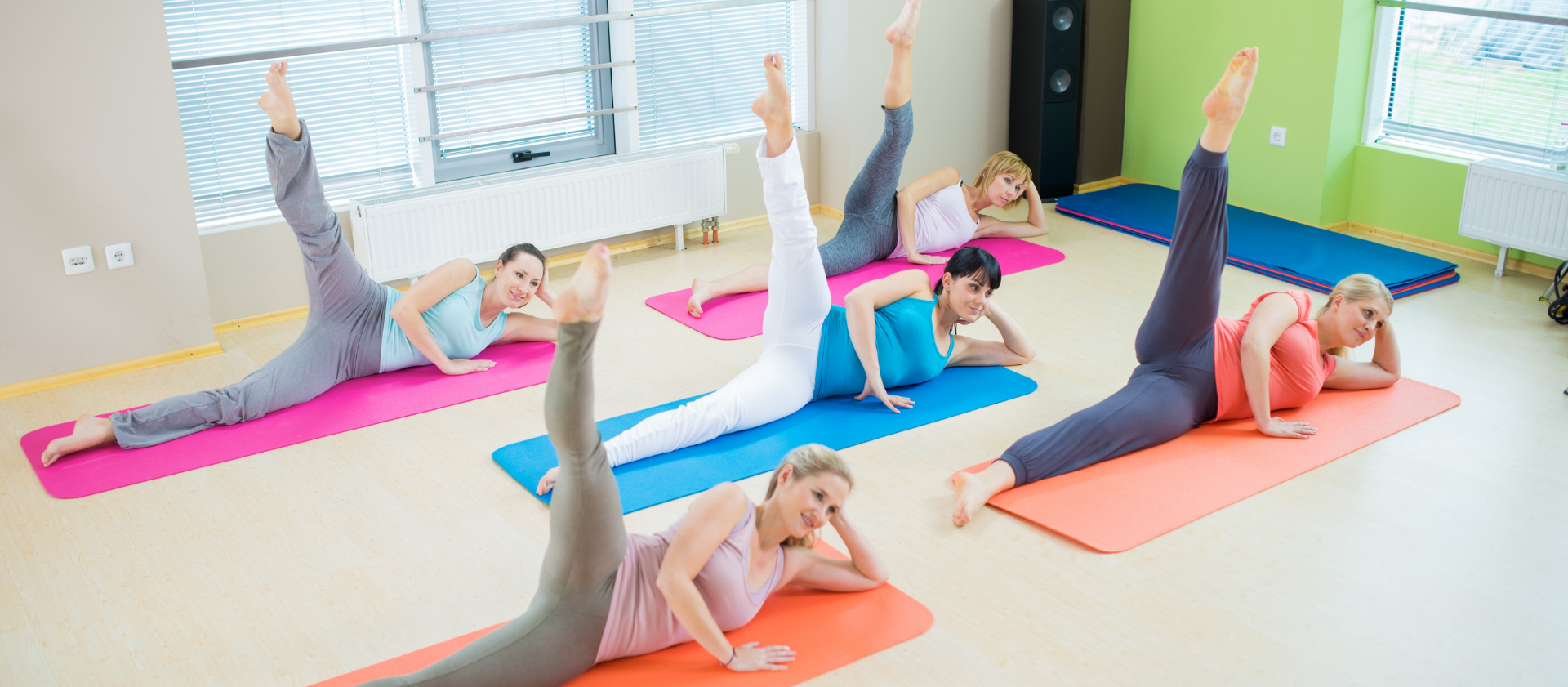
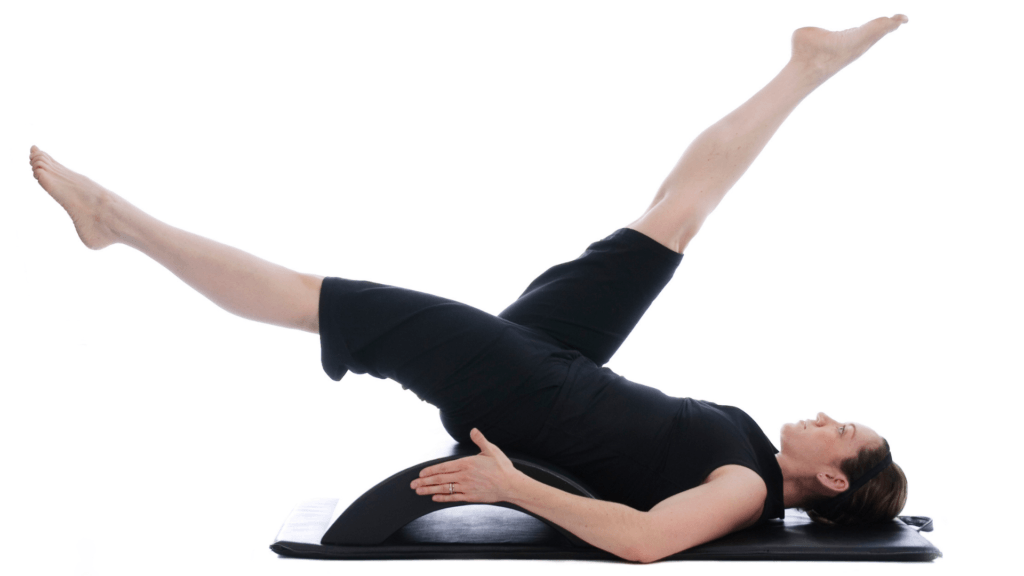
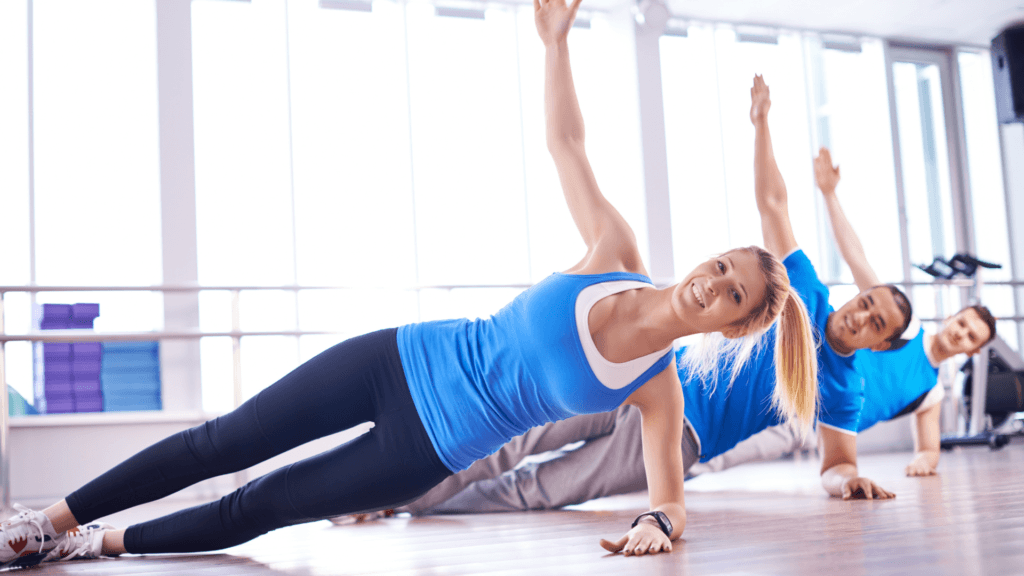
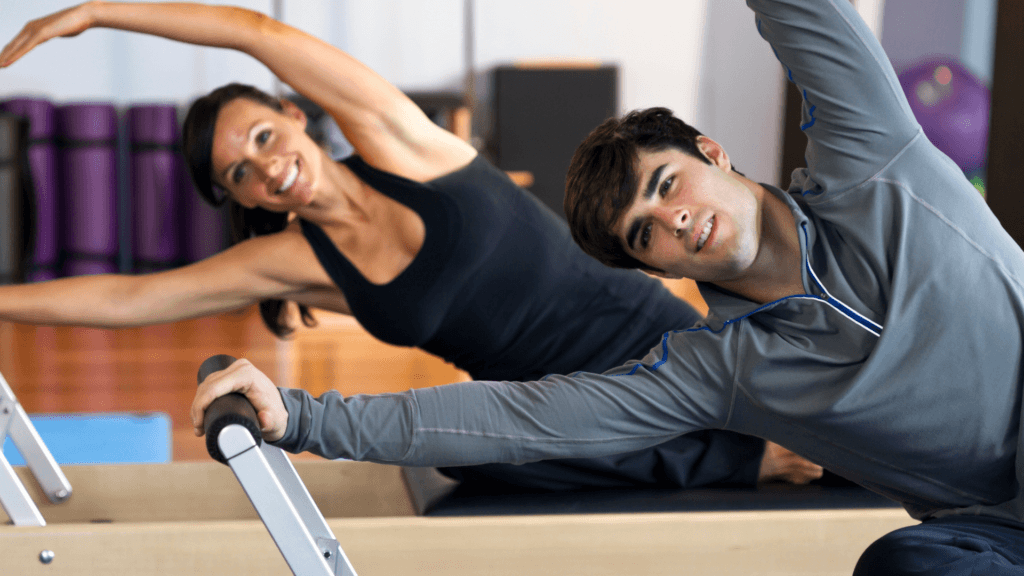
Another fantastic exploration of the diverse world of Pilates! Your comprehensive breakdown of the different types and their unique attributes truly showcases the depth and breadth of this transformative practice.
I particularly appreciated how you emphasized that Pilates isn’t just about physical fitness; it’s a holistic approach that nurtures both body and mind. Your insights into the six core principles of Pilates beautifully underscored the importance of breath, concentration, centering, control, precision, and flow in every aspect of the practice.
Reading through your article, I found myself intrigued by the range of options available, from Classical to Clinical Pilates, each catering to different needs and preferences. Your suggestions on finding the right class, whether it’s for beginners, postnatal recovery, or group sessions, offer valuable guidance for anyone considering starting their Pilates journey.
Your personal touch in sharing your own experience with Pilates added an extra layer of authenticity and inspiration. It’s evident that Pilates has had a profound impact on your life, not just physically but also mentally and emotionally.
Overall, your article is both informative and encouraging, making it a great resource for anyone curious about Pilates or looking to deepen their practice. Thank you for sharing your passion and expertise—I’m sure many readers will find it invaluable as they embark on their own Pilates journey!
Wow, thank you so much! Your comment truly made my day. I’m so happy you found the breakdown of Pilates styles and its holistic approach insightful.
Sharing my passion for Pilates is a joy, and I hope it inspires others to explore this transformative practice.
Warmly,
Lili
I was surprised to find out that the Pilates universe has existed for nearly a century. It is clearly grown into a diverse, yet comprehensive world. It was interesting to read about the many variations and adaptations of the Pilates system. I think this flexibility may be one of the reasons why it has survived and flourished for such a long time.
I like that Pilates offers more than just the typical physical workout, but combines it with inner relaxation, stress management and anxiety reduction. Thank you for this comprehensive and enlightening post.
Dear Oluseyi,
Thanks so much for your comment! I loved that you found the history of Pilates surprising – it’s true, nearly a century is a long time for a fitness practice to thrive!
You’re absolutely right about the diversity and adaptability being key to Pilates’ success. The variety of styles ensures there’s something for everyone’s needs and preferences, keeping the practice fresh and engaging.
I’m thrilled you appreciate the focus on more than just physical fitness. Pilates is a wonderful way to cultivate inner relaxation, manage stress, and reduce anxiety – all aspects that contribute to overall well-being.
I’m so glad you found the post informative and enlightening! It’s fantastic to share the Pilates world with curious readers like yourself.
Warmly,
Lili